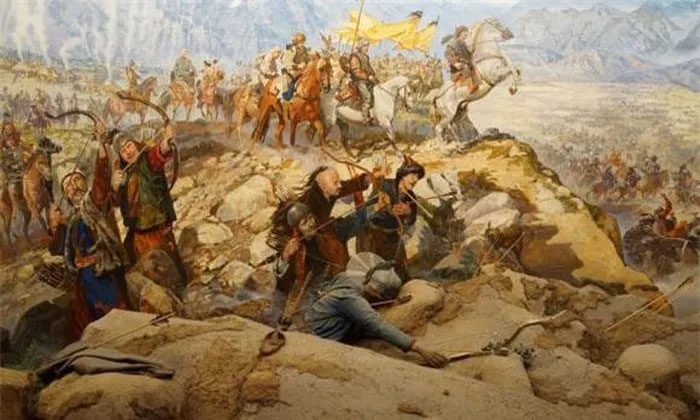In ancient feudal societies, emperors did not hesitate to initiate wars to expand their territories. However, aside from tactics, the size of forces was often the key to victory or defeat.
The Art of War by Sun Tzu mentions, “Know yourself and know your enemy, and you will never lose a battle.” The most important aspect of marching and fighting is understanding the strengths of both sides, as this knowledge allows for accurate decisions and actions.

There are four methods to gauge the enemy’s forces in ancient times.
According to historical sources, ancient people primarily relied on four methods to estimate the size of enemy forces.
The first method involved examining traces, such as footprints and cooking pits. The most crucial factor in marching and combat is sustenance; soldiers need to be well-fed to gain strength against their enemies. In the past, kitchens were organized into small units, making it possible to estimate the number of people based on the enemy’s cooking pits. This can also be verified by observing horseshoe prints and soldiers’ footprints.
The second method was to observe the dust clouds raised by marching troops. The more troops march, the larger the dust clouds; conversely, smaller dust clouds indicate fewer soldiers. In ancient times, Zhang Fei (China) once deliberately ordered his soldiers to tie branches to their horses’ tails, creating large clouds of dust to mislead the enemy, instilling real fear in them.
The third method involved counting flags and drums. Flags and drums were vital command signals in ancient armies. To effectively command troops, a certain number of flags and drums were placed in corresponding positions. Thus, by observing these, one could make a preliminary estimate of the total size of the enemy forces.
The fourth method was to check the provisions and fodder. As the saying goes, “Before the army moves, provisions must be prepared.” Generally, troops would bring enough provisions and fodder for one to two months when going into battle. Therefore, by observing the quantity of food and fodder of the enemy, one could estimate the upper limits of their forces.
However, even if you master these four methods for estimating enemy forces, they should only serve as a reference. After all, if the opponent is also adept at these methods, they may become suspicious and deceive their adversaries.


















































